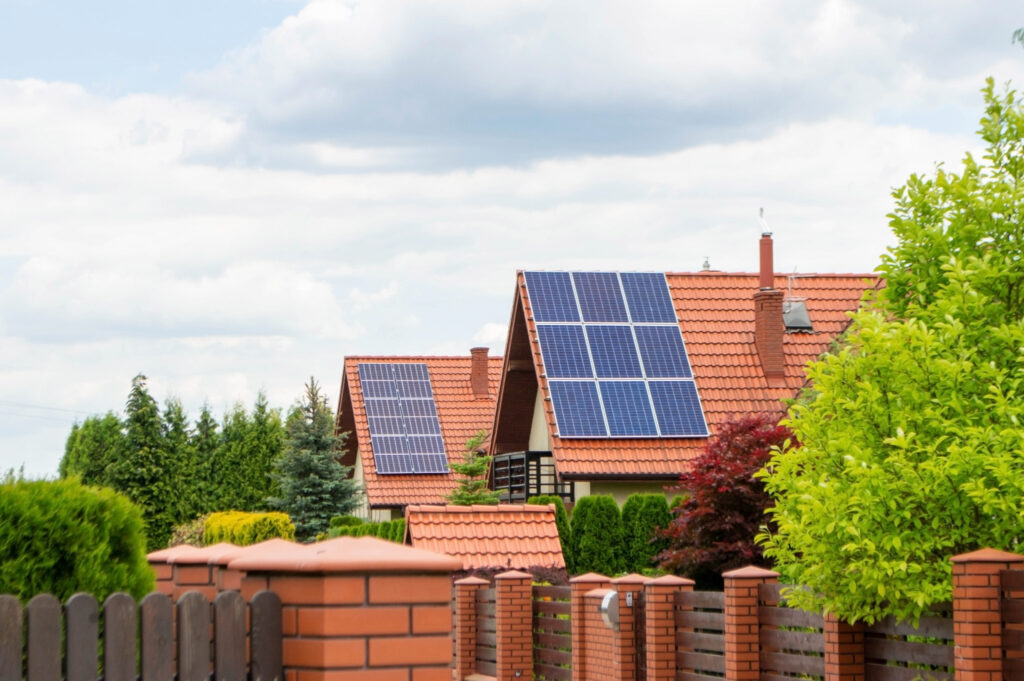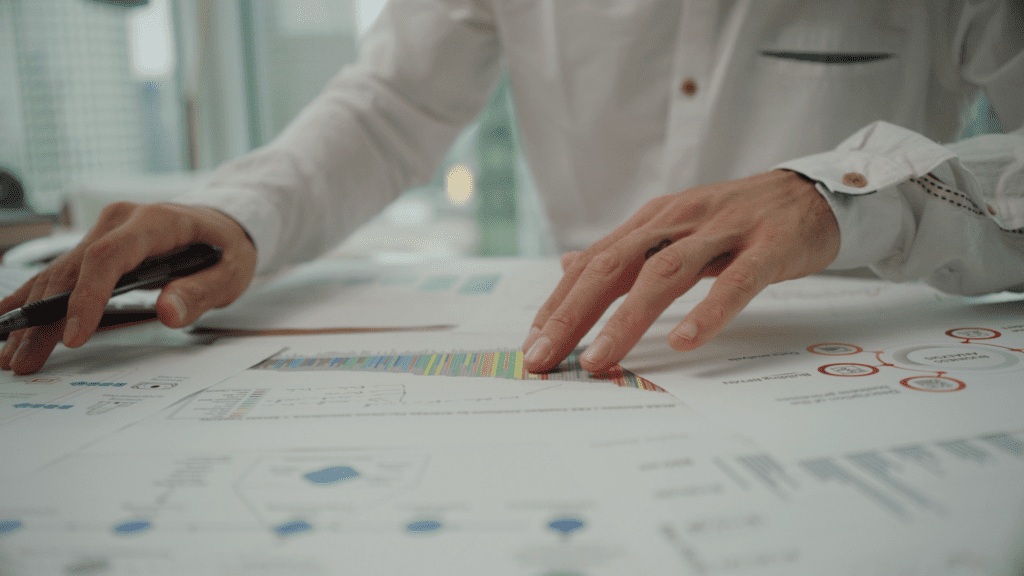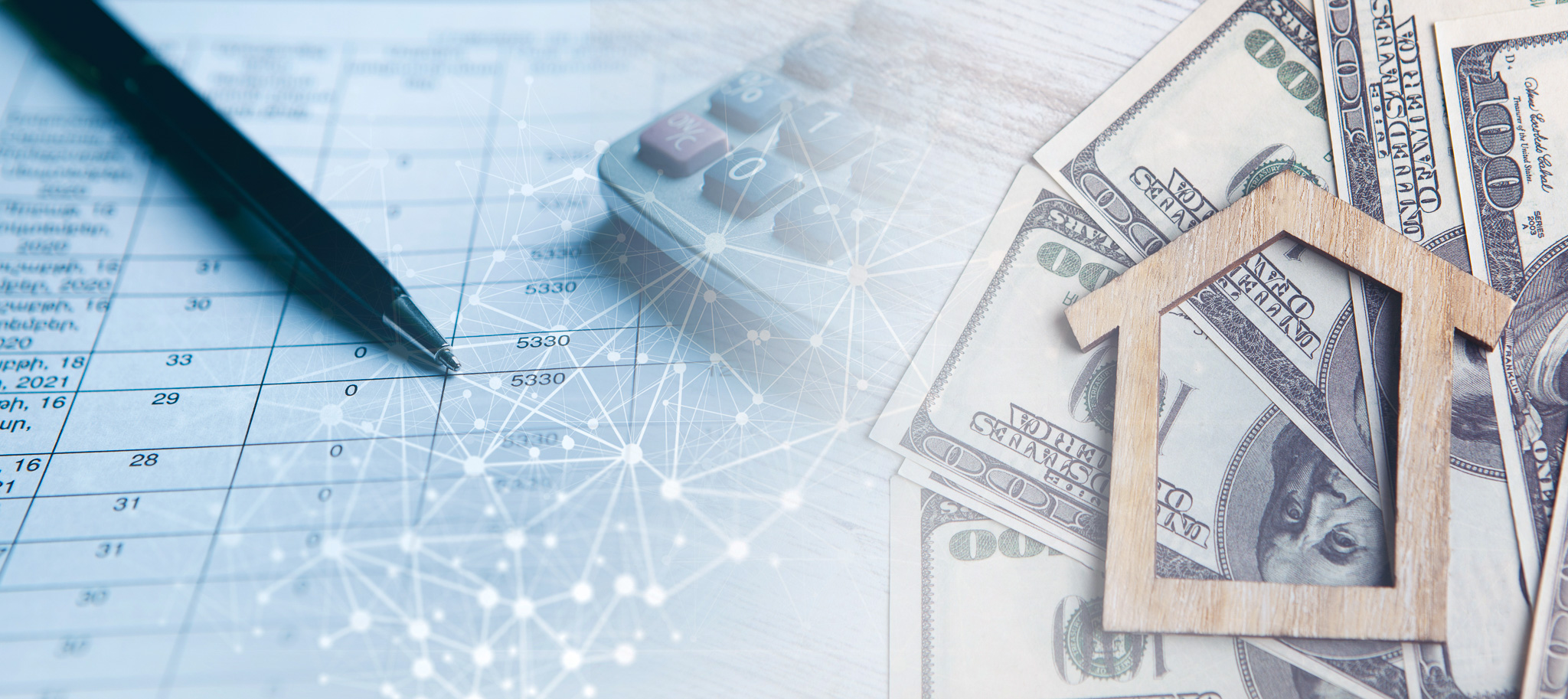As environmental awareness grows, more homeowners are embracing eco-friendly home improvements to reduce their carbon footprint, save on utility bills, and create healthier living environments. While beneficial in the long term, these upgrades often come with higher upfront costs. Fortunately, various financing options are available to make green home renovations more accessible. This article explores the most popular eco-friendly upgrades, their financial benefits, and how to fund them responsibly.
Why Go Eco-Friendly?
Eco-friendly home improvements are renovations or installations that reduce energy consumption, lower greenhouse gas emissions, and support sustainability. Common examples include:
- Solar panel systems
- Energy-efficient HVAC systems
- Insulation and window upgrades
- Low-flow plumbing fixtures
- Smart thermostats
- LED lighting
- Green roofing and rainwater harvesting systems
The benefits are compelling:
- Lower utility bills: Energy-efficient homes use less power and water.
- Higher property value: Green-certified homes often command a premium.
- Tax incentives: Many governments offer rebates and tax credits.
- Environmental impact: Reduced reliance on fossil fuels and less strain on natural resources.
- Healthier living spaces: Improved indoor air quality and natural lighting improve well-being.
Challenges in Going Green
While the long-term savings are clear, upfront costs for eco-friendly improvements can be a hurdle. Installing solar panels can cost $10,000–$30,000 or more while upgrading insulation or replacing windows can run into the thousands. For many homeowners, financing these investments becomes essential.
Financing Options for Eco-Friendly Home Improvements
Fortunately, there are several ways to finance your green home upgrades—some explicitly tailored for energy-efficient projects.
1. Home Equity Loans and Lines of Credit (HELOCs)
These traditional financing options allow you to borrow against your home’s equity.
- The pros are lower interest rates, fixed monthly payments (for home equity loans), or flexible borrowing (for HELOCs).
- Cons: Your home is used as collateral.
- Best for: Larger projects like solar panels or HVAC system replacements.
2. Energy-Efficient Mortgages (EEMs)
EEMs, offered by FHA, VA, and some conventional lenders, allow homebuyers or refinancers to borrow additional funds for energy-efficient upgrades.
- Pros: Bundles improvement costs with your mortgage; may not require additional down payment.
- Cons: Requires a home energy audit.
- Best for: Buyers of new homes who want to include green upgrades immediately.
3. PACE Loans (Property Assessed Clean Energy)
PACE financing allows homeowners to borrow money for eco-friendly improvements and repay the loan through their property tax bill.
- Pros: No credit score requirements, extended repayment periods (up to 20 years).
- Cons: Not available in all areas; can complicate home resale or refinancing.
- Best for: Solar installations, new roofing, and HVAC systems.
4. Green Personal Loans
Many financial institutions offer personal loans marketed for eco-friendly home improvements.
- Pros: Quick approval, no need for home equity.
- Cons: Higher interest rates than secured loans.
- Best for: Smaller projects like energy-efficient windows, insulation, or appliances.
5. Government Grants and Rebates
Some federal, state, and local programs offer direct incentives for green upgrades.
- Federal Solar Tax Credit (ITC): Offers a 30% tax credit for solar energy systems.
- Local Utility Rebates: Many utilities provide rebates for installing ENERGY STAR appliances, efficient HVAC systems, or smart thermostats.
- State-Specific Programs: States like California and New York have robust support for green energy financing.
Check DSIREUSA.org for a comprehensive list of available incentives in your area.
Smart Financing Strategies
Choosing the proper financing method depends on your budget, goals, and timeline. Here are some tips to help you make smart decisions:
1. Get an Energy Audit First
Before committing to any upgrades, schedule a professional energy audit. This will identify the most impactful and cost-effective improvements for your home and help you prioritize your spending.
2. Calculate ROI and Payback Period
Some green investments pay for themselves faster than others. For example:
- LED lighting can pay off within a year.
- Smart thermostats often pay back within 2 years.
- Solar panels may take 6–10 years, depending on usage and incentives.
Understanding ROI helps you choose projects that align with your financial goals.
3. Bundle Projects
If you’re taking out a loan or refinancing, bundling several upgrades at once can make financial sense. For example, replacing windows while upgrading insulation improves your home’s overall efficiency and may qualify for multiple rebates.
4. Shop for Green Lenders
Some lenders specialize in eco-friendly loans with better terms. Look for those offering discounted interest rates for green improvements or loans that don’t penalize early repayment.
5. Read the Fine Print
Always understand the loan terms, including interest rates, fees, repayment schedules, and what happens if you sell your home before the loan is paid off—especially with PACE loans or mortgage bundling.
The Future of Green Home Financing
With growing demand for sustainability and regulatory support for green building, financing eco-friendly home improvements is becoming more streamlined. Emerging technologies like blockchain-backed energy credits and peer-to-peer green lending may further reshape the landscape.
Additionally, more banks are integrating Environmental, Social, and Governance (ESG) factors into their lending practices, potentially offering better rates for eco-conscious consumers.
Final Thoughts
Eco-friendly home improvements are a wise investment in your home’s value, wallet, and the planet. While the upfront costs may seem daunting, a range of financing options—from traditional home equity loans to specialized green loans and government incentives—make it easier than ever to make your home more sustainable.
By educating yourself on available programs, researching, and choosing the right financing path, you can take meaningful steps toward an energy-efficient future—without breaking the bank.
Pro Tip: Always consult a certified financial advisor or home improvement consultant to tailor a strategy that fits your economic and environmental goals.
Would you like a downloadable PDF version of this article or a visual infographic to accompany it?
Let me know if you need links for specific sections or pages on the website!
Thank you for reading! If you enjoyed this article and want to explore more content on similar topics, check out our other blogs at Sonic Loans, Sonic Realty, and Sonic Title. We have a wealth of information designed to help you navigate the world of real estate and finance. Happy reading!
Zoning: What It Is and How It Affects Your Property Rights
Will Realty Income Cut Dividend? Understanding the Factors at Play
Why Do Property Taxes Go Up?
Who Owes a Fiduciary Duty in Real Estate and What Does That Mean for Your Transaction?
What to Look for in a Real Estate Agent in Canton
What to Know About Filing a Property Tax Appeal
What to Expect at Closing in Dearborn, MI
What is a Townhome?
What Is a Tiny House? 12 Surprising Facts









